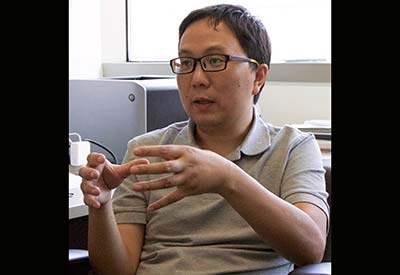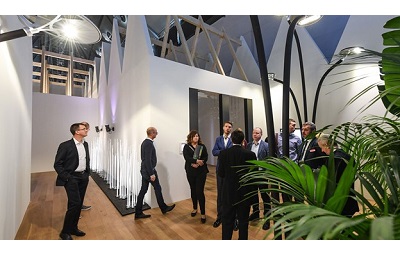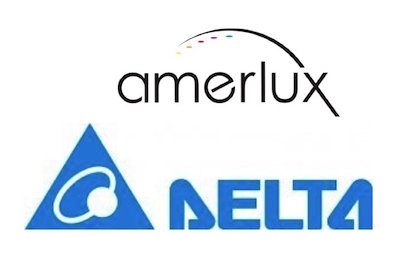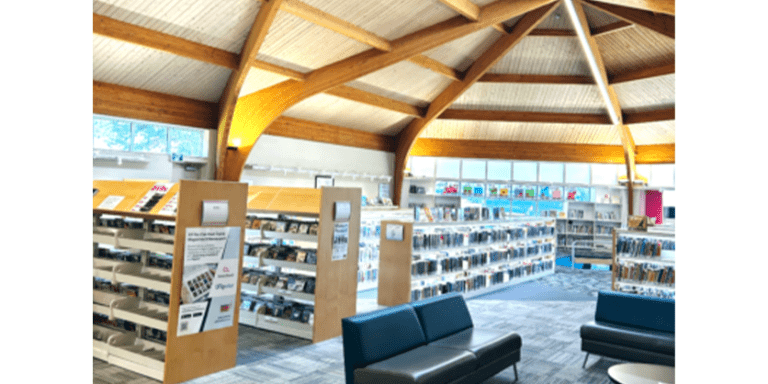Study Results could Lead to a New Class of Materials for Making LEDs

The California NanoSystems Institute’s Xiangfeng Duan A new study by researchers from the California NanoSystems Institute at UCLA is the first demonstration of electroluminescence from multilayer molybdenum disulfide, or MoS2, a discovery that could lead to a new class of materials for making LEDs. The study, led by Xianfeng Duan, professor of chemistry and biochemistry, was published in the journal Nature Communications on July 1, 2015.
Over the last decade, advances in LED have helped to improve the performance of devices ranging from television and computer screens to flashlights. As the uses for LEDs expand, scientists continue to look for ways to increase their efficiency while simplifying how they are manufactured. In the new study, Duan and first author Dehui Li, a postdoctoral scholar in Duan’s lab, created the first multilayer molybdenum disulfide device that shows strong luminescence when electrical current is passed through it.
In its single-layer form, molybdenum disulfide is optically active, meaning that it emits light when electric current is run through it or when it is shot with a nondestructive laser. Multilayer molybdenum disulfide, by contrast, is easier and less expensive to produce, but it is not normally luminescent.
“We were trying to make a vertically stacked light-emitting device based on monolayer MoS2, but it was difficult to get the efficiency as high as we wanted,” says Duan. “On the other hand, it was rather surprising for us to discover that similar vertical devices made of multilayer MoS2 somehow showed very strong electroluminescence, which was completely unexpected since the multilayer MoS2 is generally believed to be optically inactive. So we followed this new lead to investigate the underlying mechanism and the potential of multilayer MoS2 in light-emitting devices.”
Duan and his team used a technique called electric field-induced enhancement, which relocates the electrons from a dark state to a luminescent state, thereby increasing the material’s ability to convert electrons into light particles, or photons. With this technique, the multilayer MoS2 semiconductors are at least as efficient as monolayer ones.
Duan’s team is currently moving forward to apply this approach to similar materials, including tungsten diselenide, molybdenum diselenide and tungsten disulphide, with the goal of helping to create a new generation of light-emitting devices from two-dimensional layered materials, which are less expensive and easier to use in manufacturing.
Read the article in Nature Communications www.nature.com/ncomms/2015/150701/ncomms8509/full/ncomms8509.html













